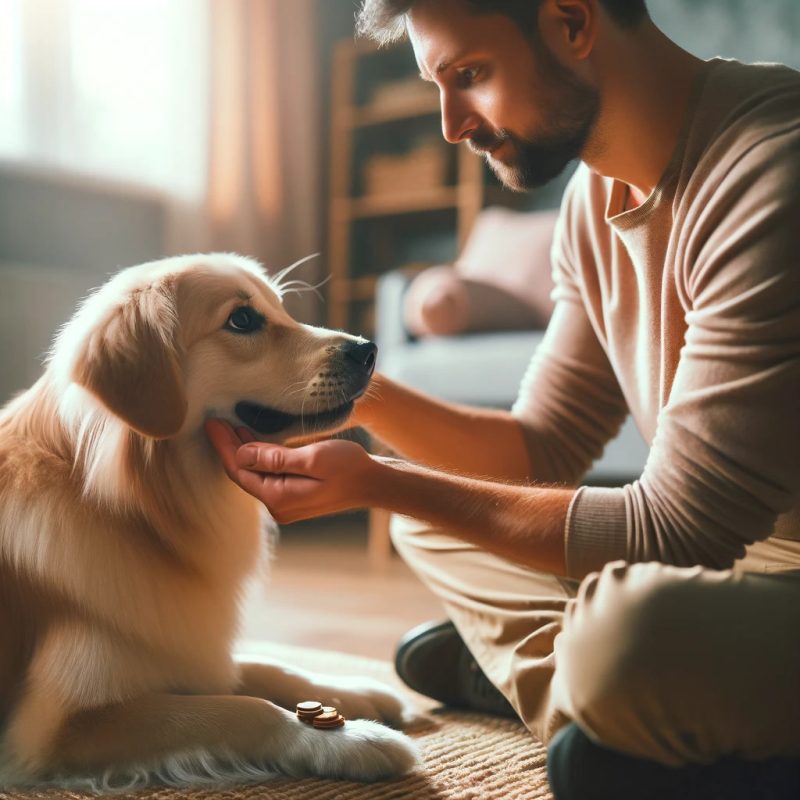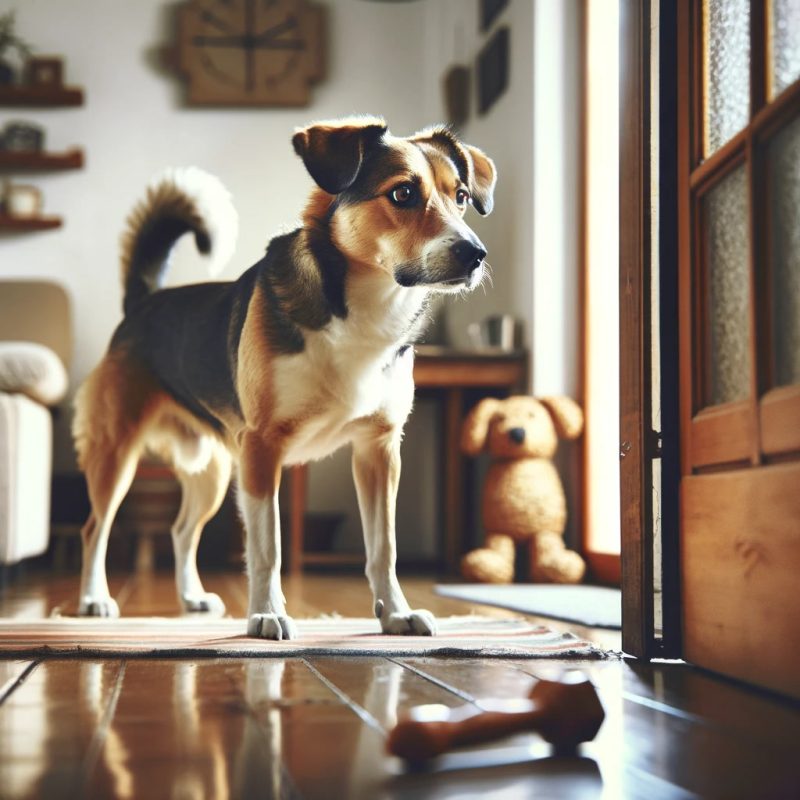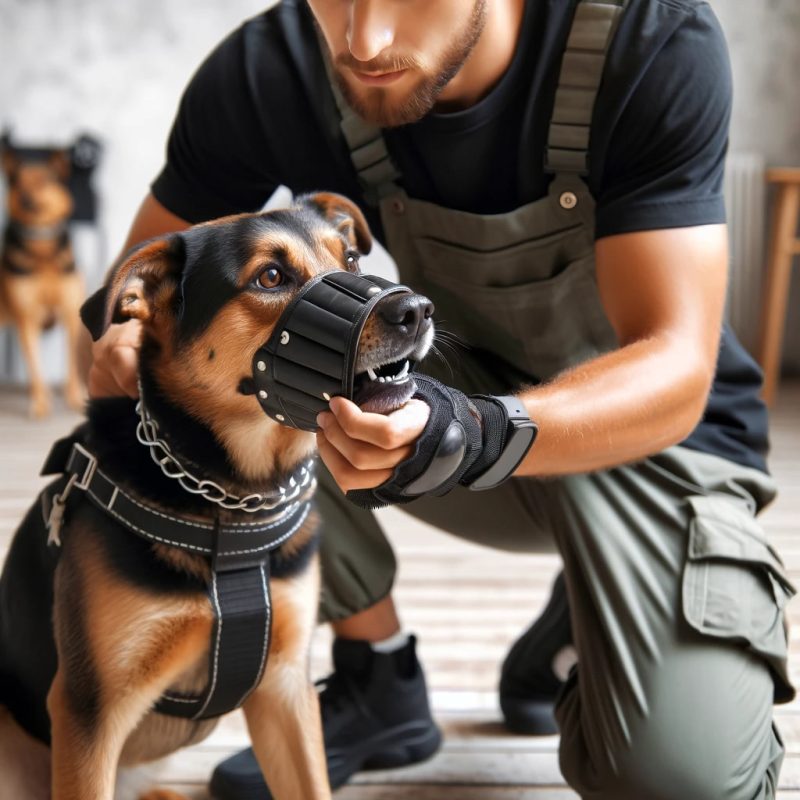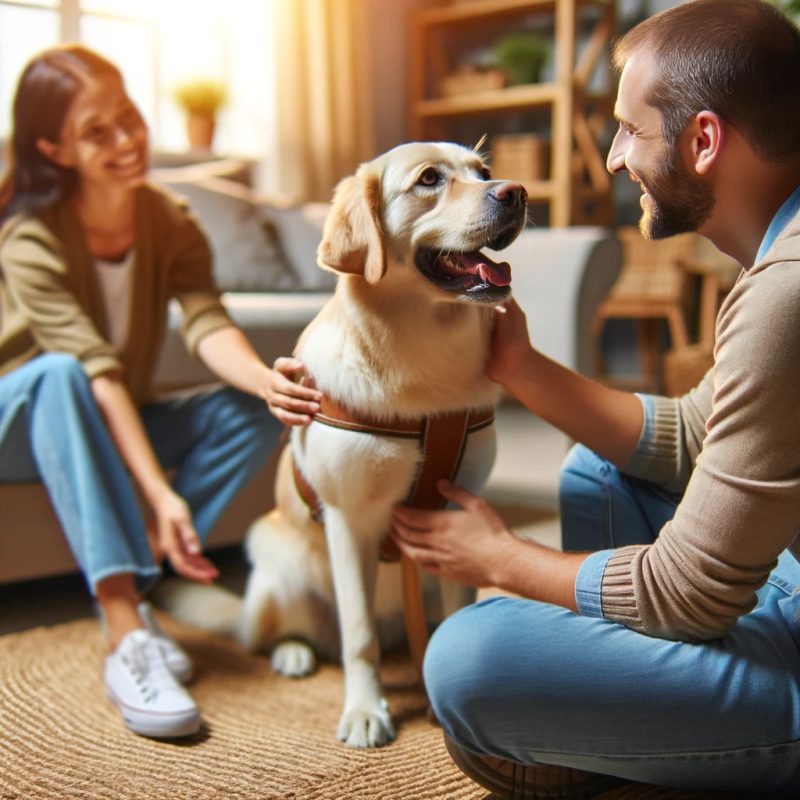Dog aggression is a multifaceted issue that can stem from various causes such as fear, territorial instincts, or learned behaviors.
Understanding and addressing these aggressive tendencies, particularly in rescue dogs, is crucial for a harmonious human-pet relationship.
This guide delves into effective training techniques for aggressive dogs and highlights when professional intervention is necessary.
Identifying the Roots of Canine Aggression

Aggression in dogs can originate from different sources.
Recognizing the underlying cause is the first step in effective training.
Fear-based aggression, for instance, often occurs in dogs that have experienced abuse or improper training.
Territorial aggression, on the other hand, is about the dog’s perception of ownership and protection of its space or belongings.
Training Techniques for Fearful Dogs

Training a dog with fear-based aggression requires patience and understanding.
The key is to never push the dog beyond its comfort zone and to approach it in a non-threatening manner.
Employing positive reinforcement and identifying what motivates your dog – whether it’s treats or affection – is vital.
Avoiding actions that could scare the dog is crucial in this process.
Addressing Territorial Aggression

Dogs exhibiting territorial aggression guard what they perceive as theirs with extreme vigilance.
This can manifest in various ways, from aggression towards visitors to overprotectiveness over toys or family members.
Training such dogs involves careful desensitization.
Start with small steps, like getting the dog accustomed to the sound of a doorbell, and gradually introduce them to familiar people in a controlled environment.
The Challenge of Trained Aggression

Trained aggression, where a dog is taught to display aggressive behavior, is particularly concerning.
This ingrained behavior, often mistaken for guard dog training, requires the expertise of a professional trainer.
A true guard dog is trained to respond to specific commands or threats, not to exhibit indiscriminate aggression.
When to Seek Professional Help

Professional trainers can be invaluable in managing all forms of dog aggression.
If you feel overwhelmed or unsure about handling specialized training, it’s best to consult a professional.
They can provide the necessary guidance and training techniques tailored to your dog’s specific needs.
Conclusion: Embracing the Journey
Dealing with dog aggression doesn’t mean giving up on your pet.
It’s about understanding their needs and providing appropriate training.
With patience, consistency, and possibly professional help, you can guide your dog back to being the loving and well-behaved companion you know they can be.
In summary, effectively training an aggressive dog involves understanding the root cause of the aggression, employing specific training techniques, and recognizing when to seek professional assistance.
With the right approach, even the most challenging behaviors can be managed, ensuring a safe and positive environment for both you and your dog.
from WordPress https://ift.tt/GrNmUP8
